
As one of the oldest civilizations in the world, China has a rich and carefully cultivated culture. Discover China’s progress throughout history from the rise and fall of dynasties until the present with these facts.
- China’s population is around 1.4 billion.
- China hosted the 2008 Summer Olympic Games in Beijing.
- China’s population is 4 times larger than the United States.
- 60.7% of the population in China lives in urban areas.
- The Chinese civilization dates back to 7,000 BC.
- China is officially known as the People’s Republic of China.
- Mount Everest’s summit marks the China-Nepal border.
- The Xia Dynasty was the first one established in China.
- The word “China” originated from the Qin dynasty.
- The Qin dynasty’s first emperor was Qin Shi Huang (260-210 BC).
- The capital of China is Beijing which means Northern Capital.
- Scholars recognize the Chinese civilization as one of the four great ancient civilizations of the world.
- The Chinese government only allows households to have two children.
- The Chinese mainly use 8 different languages such as Mandarin, Cantonese, Shanghainese, Fuzhou, Hokkien-Taiwanese, Xiang, Gan, and Hakka.
- Every year, China encounters typhoons, floods, tsunamis, earthquakes, and droughts.
- For every 10 people in the world’s population, there are 2 Chinese people.
- China has the world’s second-largest economy after the United States.
- China is also known as the Flowery Kingdom.
- The Yangtze River of China is the longest in Asia.
- The famous Giant Panda of China is located near the Yangtze River.
China Facts Infographics
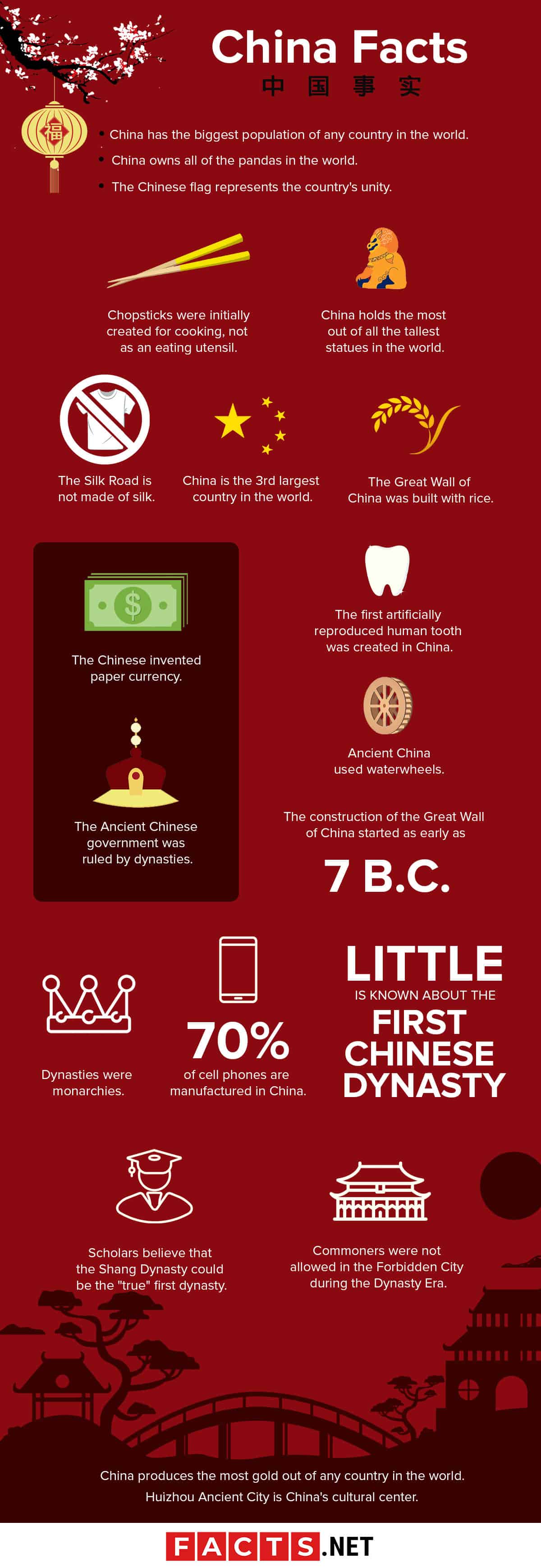
China has the biggest population of any country in the world.
One of the most well-known China facts: it has the largest population of any country at 1,437,601,274 people and counting.
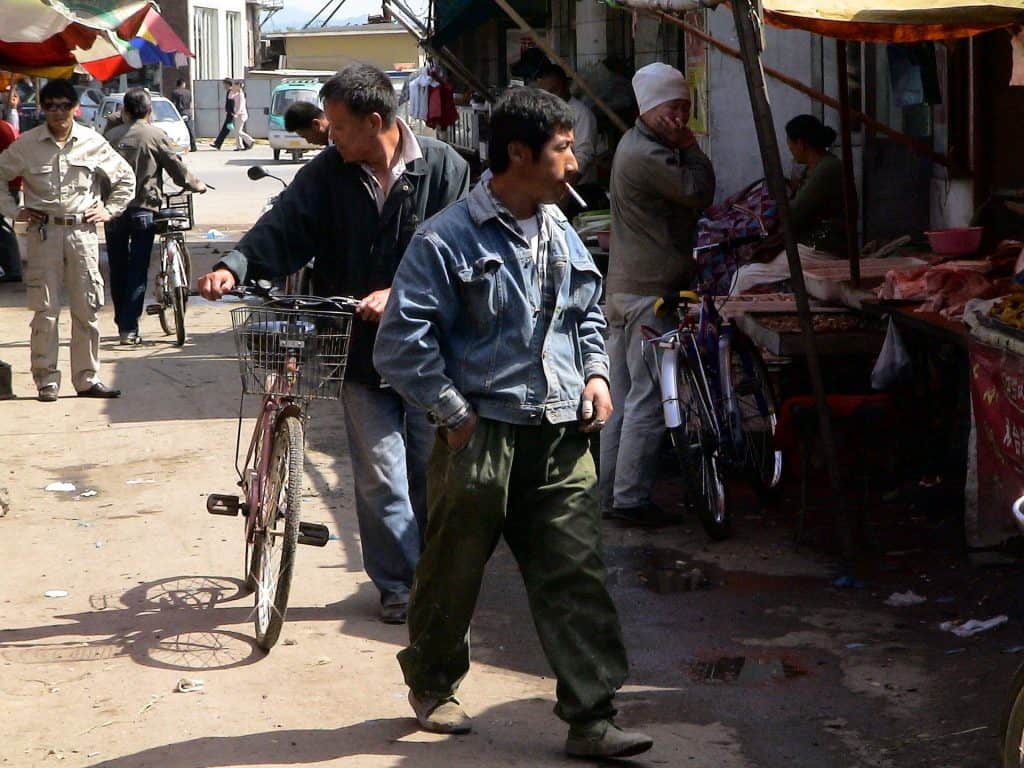
Chopsticks were initially created for cooking, not as an eating utensil.
In Ancient China, chopsticks were invented and used for cooking. Because of their length, they were perfect for reaching into pots of hot water or oil.
China owns all of the pandas in the world.
The Chinese government owns all the pandas you see in zoos. China loans them for US$1 million a year.
The Chinese flag represents the country's unity.
The Chinese flag is pretty straightforward: it’s a solid red with one large star and four smaller stars beside it in a semicircle. The red in the flag symbolizes revolution, while the red and yellow represent fire and earth, respectively. The stars represent the unity of the people and the leadership of the Communist Party of China. The big star is the symbol for the communist government and the four small stars stand for the peasants, workers, middle-class citizens, and soldiers.

China is the 3rd largest country in the world.
Located in East Asia, China covers approximately 9,600,000 square kilometers (3,700,000 sq mi). This makes China the 3rd-largest country in the world by area.
The Silk Road is not made of silk.
The Silk Road is a historic network of trade routes between China, Central Asia, India, and the Levant. The Han dynasty established this road in 1453 CE. The German geographer Ferdinand von Richthofen named it the ‘Silk Road’ for the booming trade of Chinese silk in the year 1877.
China holds the most out of all the tallest statues in the world.
Out of the 130 largest statues in the world, China has the most at 35 statues. This is followed by India at 25 statues. It’s no surprise that a chunk of these 130 statues depict Buddha who originated from India and with Buddhism as one of the main religions in China. The Spring Temple Buddha in the Lushan county of Henan, China stands at 128 m (420 ft) and is the second-largest statue in the whole world.
China produces the most gold out of any country in the world.
China is currently the world’s largest producer of gold, rearing 404 tonnes of gold in production while holding 2,000 tonnes of gold reserves.
The first artificially reproduced human tooth was created in China.
In 2013, the first artificially reproduced human tooth was created in China. The scientists were able to create the tooth using stem cells extracted from human urine.
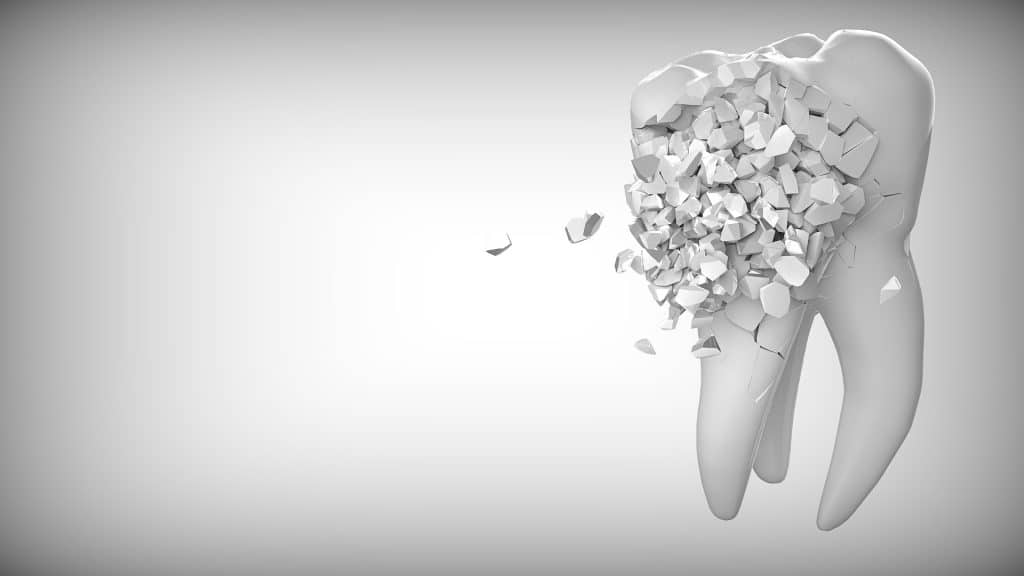
The Great Wall of China was built with rice.
The Great Wall of China originally acted as a barrier to protect the country from nomadic groups and invaders. The Great Wall also regulated trade along the Silk Road, and served as a means to monitor immigration. The great structure stands at 20 ft – 46 ft and stretches at a length of 21.19618 million m. However, most people don’t know that the bricks were held together by a mixture of sticky rice flour and slaked lime for the Ming Dynasty section of the wall. How’s that for interesting China facts?
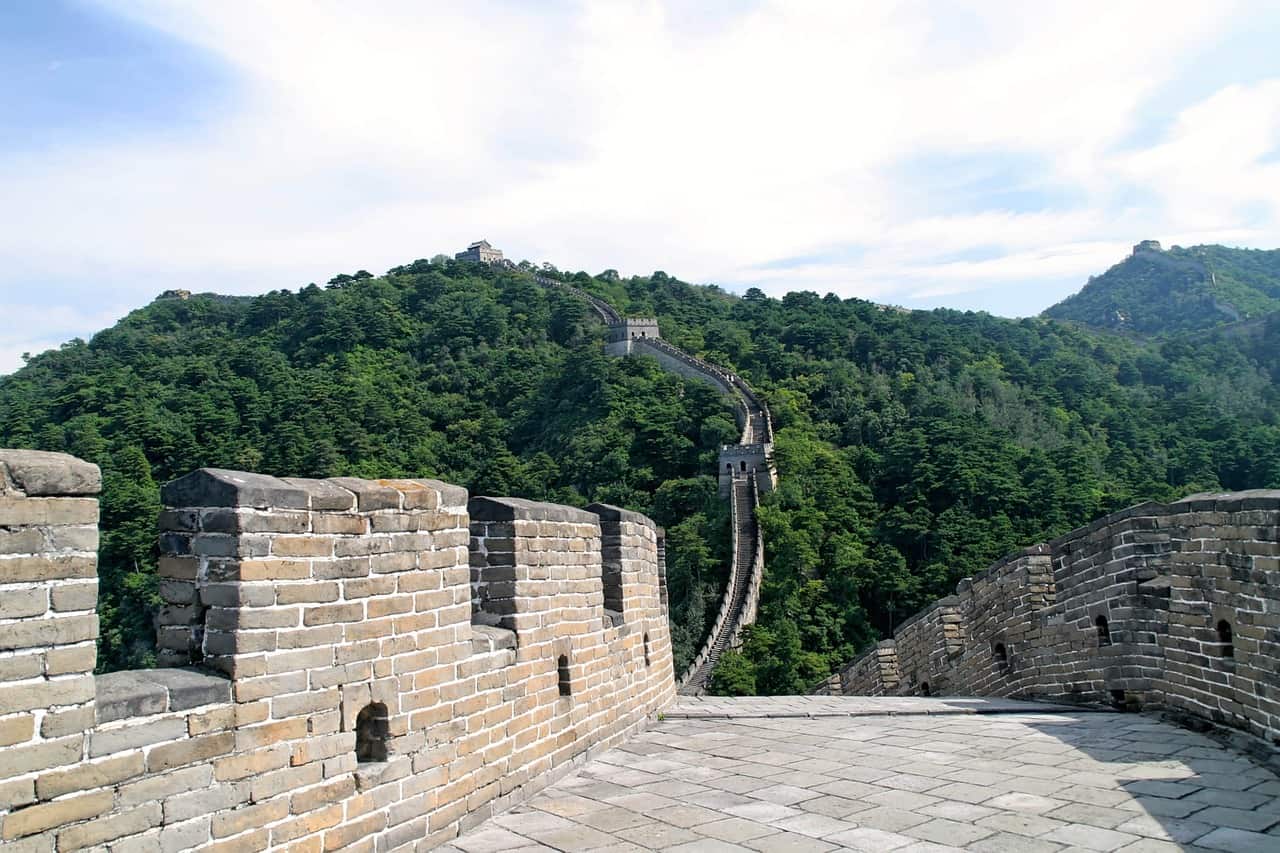
Ancient China used waterwheels.
The Ancient Chinese civilization used water energy for powering machines. These waterwheels were also the first known source of power before electricity.
The construction of the Great Wall of China started as early as 7 B.C.
This massive wall wasn’t built overnight – it took 6 dynasties and almost 20 years to finish building the Great Wall of China. However, the walls built in the Ming Dynasty are the most well-known portions of the wall.
The Chinese invented paper currency.
During the Tang dynasty that ruled between 618 and 907, China invented paper money. There used to be a warning written right on the bills that all counterfeiters would be decapitated.
The Ancient Chinese government was ruled by dynasties.
Throughout Ancient China, various dynasties fought for control over the country until the first emperor Qin Shi Huang united them in 221 BC.
Commoners were not allowed in the Forbidden City during the Dynasty Era.

The Forbidden City is a palace complex in central Beijing that houses the Palace Museum. it was home to 24 emperors – 14 from the Ming Dynasty and 10 from the Qing Dynasty. The forbidden city prohibits any commoner to enter without authorization during the dynasty era. Above all, the city is only for the imperial families and high officials.
70% of cell phones are manufactured in China.
In December 2019, 175.29 million cell phones were produced in China. Huawei, Oppo, Vivo, and Realme are all Chinese phone companies that dominate the mobile phone market.
Huizhou Ancient City is China's cultural center.
The Huizhou Ancient Town is a famous historical and cultural city in southern Anhui Province with over 2000 years of history. The area was also known for manufacturing writing utensils. The city also became popular in the late Ming dynasty for publishing texts on a wide range of topics, including genealogy, classical literature, and illustrated novels and dramas.
Dynasties were monarchies.
The term “dynasty” simply means the continuation of the same family’s successors or heirs. Thus, historical periods in China have names of the family or clan that ruled during that time, beginning with the Bronze Age Shang dynasty. For instance, some dynasties have lasted for centuries like the Ming dynasty.
Little is known about the first Chinese dynasty.
Although scholars consider it the first known dynasty in China, the Xia dynasty has no surviving records. However, it is believed that the legendary Yu the Great founded the Xia dynasty.
Scholars believe that the Shang Dynasty could be the "true" first dynasty.
The Shang dynasty ruled from 1699 to 1064 BC during the Bronze Age of China. People of the Shang dynasty used calendars and had knowledge of astronomy and math that was ahead of their time.
It's possible to dig a hole to China from Argentina.
As a feat usually done by cartoon or comic book characters, traveling to China underground is possible in theory – but not so much in practice. Underground conditions such as heat, pressure, and lack of oxygen are just one of the few realities that keep this cartoonish concept just that – a concept for cartoons.
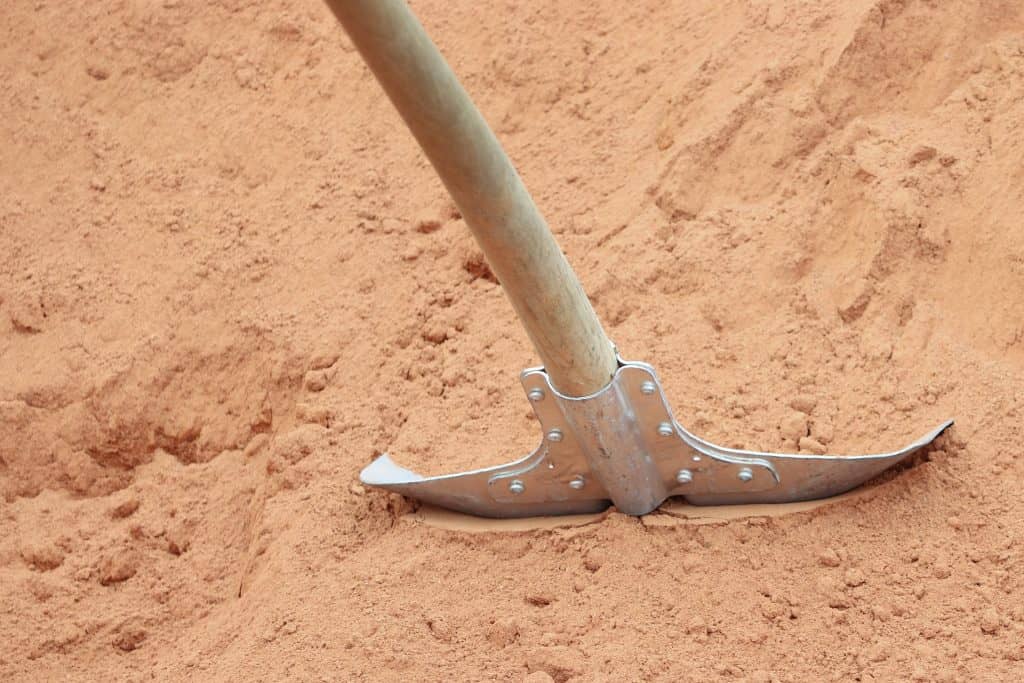
The Zhou dynasty (1046 to 256 BC) was the longest-reigning dynasty.
After defeating the Shang dynasty in the Battle of Muye, the Zhou Dynasty became the longest-reigning dynasty in Chinese history: ruling the country for about 800 years.
The Zhou dynasty engineered one of the earliest forms of irrigation.
Among the Zhou dynasty’s greatest highlights is in hydraulic engineering. Its focus on irrigation and water-control projects helped increase crop production for their era.
The Qin dynasty connected the Great Wall.
The Qin dynasty’s greatest legacy was connecting the previously segmented sections of the Great Wall with one another.
The longest noodle in the world was made in China.
Although food connoisseurs still debate whether pasta originated from China or Europe, the former still holds the world record for the longest noodle in the world. The noodle measures 10,119 ft 1.92 in. It was created by Xiangnian Food Co. Ltd. in Nanyang, China, on October 28, 2017.
You can’t see the Great Wall of China from space.
You may have seen fact sites claiming that the Great Wall is the only man-made structure visible from space, but this is actually not the case. According to the Apollo astronauts, the Great Wall cannot be seen from space. However, city lights at night, roads, and the Pyramids of Giza are said to be visible.
The Han dynasty was the first to appoint leaders based on merit rather than birthright.
Reigning from 206 BC to 220 AD, the Han dynasty was the first to appoint officials based on skills rather than blood. Thus, the Han dynasty made way for the establishment of Confucianism.
The Han dynasty fell due to disease.
Just as the Han dynasty entered a period of political turmoil, epidemics and viruses began to weaken the Han Dynasty. As a result, many of the officials lost control and the ability to command the people which caused major problems throughout the dynasty.
Time travel is banned in China.
Or at least it is in Chinese media. The Chinese government bans any movie with aspects of time travel. For the Chinese government, altering historical events are a dangerous element of fiction.
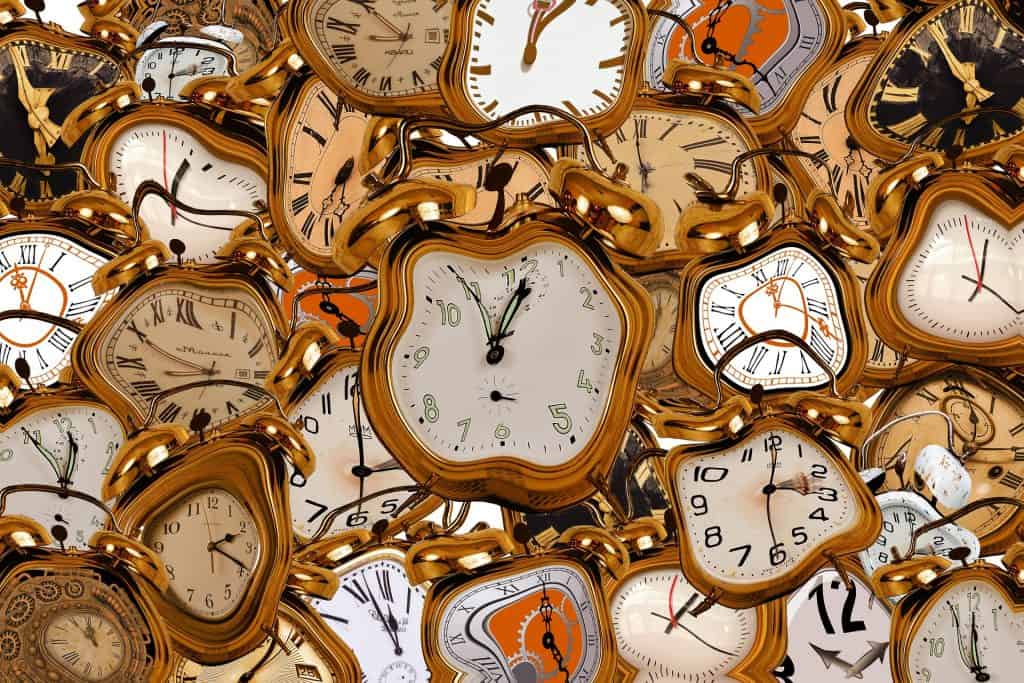
The Grand Canal was built during the Sui dynasty.
The Sui dynasty has united China again under a single leadership. Moreover, the Great Wall was also expanded and the Grand Canal (longest and oldest artificial river in the world) was constructed under its dynasty. They also built storehouses for the threshed grain that provided China a stable source of affordable food during famine years. Above all, the economy was generally stable during their era.
The Sui Dynasty fell due to battle.
The failed military campaigns against Goguryeo caused the fall of the Sui dynasty. In particular, the Goguryeo–Sui war was a series of attacks by the Sui dynasty vs Goguryeo, Korea. These losses have ruined the country.
China's golden age occurred between the Song and Tang dynasties.
China’s Golden Age was an era of prosperity, peace, and development between the Song and Tang dynasties. China underwent vast growth in terms of music, literature, and engineering during this period.
The Tang Dynasty ended in 907.
The Tang dynasty fell in 907 when Zhu Wen overthrew Emperor Ai and took the throne for himself.
The Song Dynasty led China in scientific and technological advancements.
Ruling from 960 – 1279, the Song dynasty led China to innovations such as gunpowder and the compass. China became the world leader in science and technology during this time and improved the agriculture sector. The economy became stable and multiple job opportunities opened for the people through the handicraft industry.
Corruption ended the Song Dynasty.
Despite all its advancements, Song dynasty grew weaker and weaker due to political corruption. This dynasty fell when it joined forces with the Mongols to face their enemies, the Jins. However, the leader of the Mongols, Kublai Khan turned on them, conquered all of China and began the Yuan dynasty.
The Yuan Dynasty fostered international trade.
From 1279 to 1368, the Yuan dynasty’s vast size resulted in a more widespread foreign trade. Specifically, the officials created a Chinese-style administration that featured centralized bureaucracy, rationalized taxation system and political subdivisions.
The Yuan dynasty fell due to the emperor of the Ming dynasty.
In 1367, Zhu Yuanzhang launched a devastating attack on the Yuan dynasty. Unlike the early dynasty leaders of China, the Mongols were never totally Sinicized or influenced by Chinese culture. This ultimately became a factor in the downfall of the Yuan dynasty and the start of the Ming dynasty. Above all, they continued to maintain their isolation from the indigenous population and used foreigners to run the government bureaucracy.
The Ming Dynasty finished the construction of the Great Wall.
The Ming dynasty ruled from 1368 to 1644. During this time, China was the largest economy in the world with more literate people than any other country. Many construction projects were undertaken including the completion of the Great Wall of China and building the Forbidden City. This dynasty became one of the most stable of all Chinese dynasties, but also one of the most autocratic (a system of government in which a single person possesses absolute power).
The Ming Dynasty fell due to rebels.
Beijing, China fell to a rebel army led by Li Zicheng, a former minor Ming officer who became the leader of the peasant revolt in 1644. The revolt successfuly ended the Ming dynasty and signalled the start of the Shun dynasty.
The Qing Dynasty is the last dynasty of China.
The Qing dynasty was founded in 1636 and governed China from 1644 to 1912. The Qing dynasty era progressed in many fields, including art, literature, and printing. This is also the era when the Chinese grew its population massively. However, the Qing dynasty was the last imperial dynasty ever established in China.
China's population factored in the end of the Qing dynasty.
Although the Qing dynasty ruled for 268 years, the great Qing fell rapidly in its last few years due to corruption, unhealthy relationship with the peasants, and incompetence. Consequently, the sudden burst of the population also caused many problems such as food shortages.
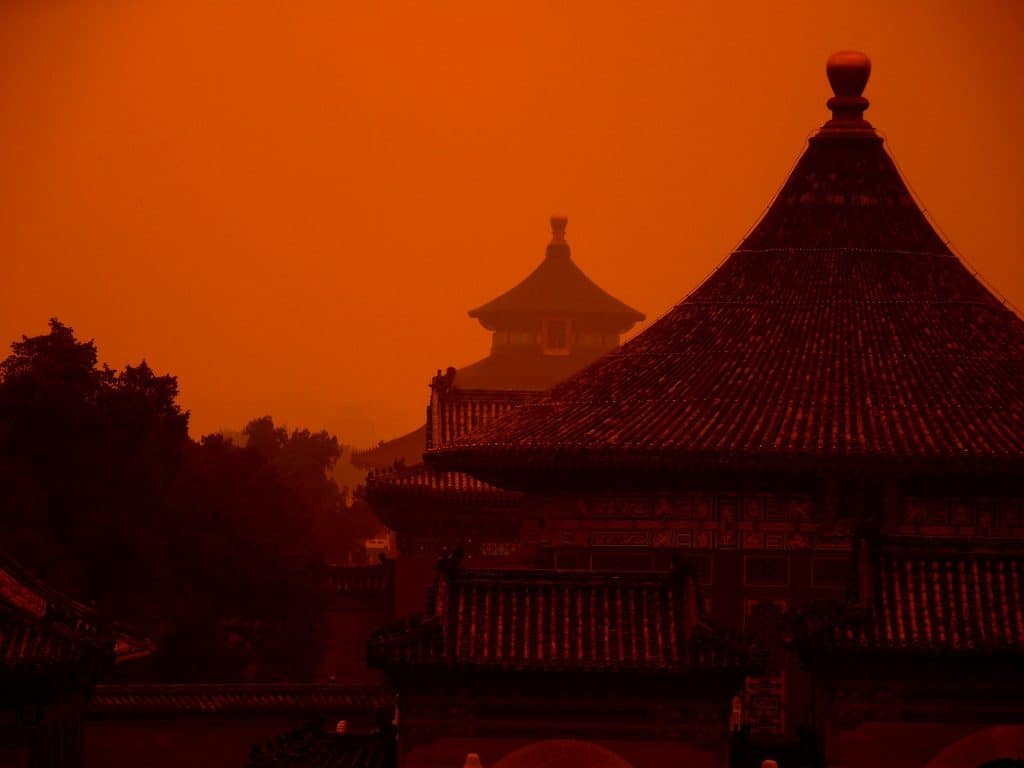
The Republic of China was established in 1912.
The early years of the Republic of China saw an unstable economy because of regional warlord groups. However, China eventually embraced Western influence after the end of the dynasties.
The People's Republic of China is the present government.
Chairman Mao Zedong and the Communist Party of China led the Chinese Communist Revolution, which resulted in the proclamation of the People’s Republic of China as a communist nation on October 1, 1949.
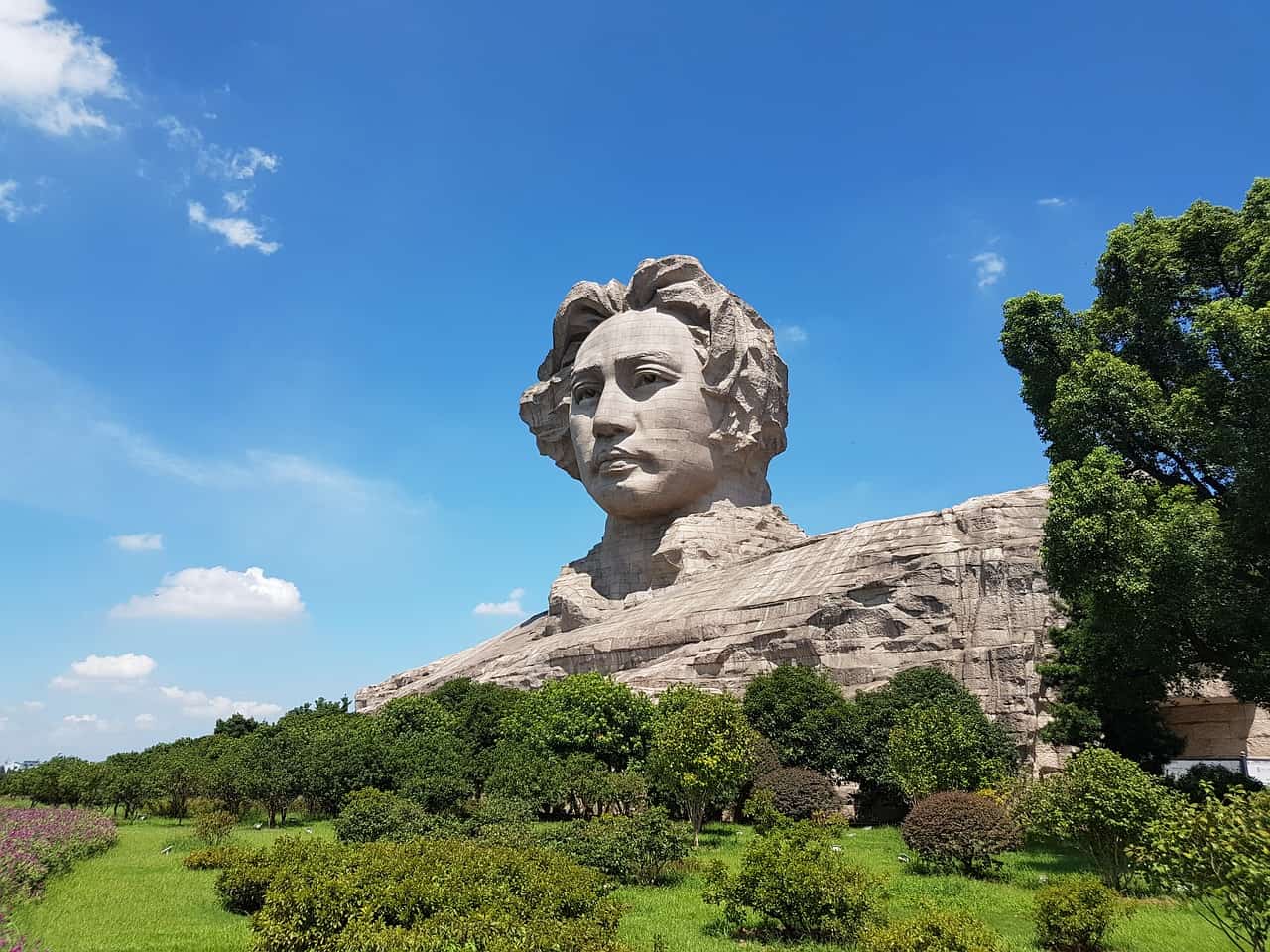
China broke a record at the National Banner Introduction.
Aside from being declared a communist country, China broke the world record for the world’s largest public gathering at the introduction of the National Banner of China at Tiananmen Square.
Emperors ruled China for over 2,000 years.
The first emperor was Qin Shi Huang who claimed the title in 221 BC and united China under one rule. The last emperor was Henry Puyi of the Qing Dynasty.
Emperor Qin Shi Huang had an army to protect him in death.
Qin Shi Huang was the Qin Dynasty’s leader. For the first time in 221 BC, he started several economic and political reforms and created the plan of the Great Wall of China. In his death, the emperor had a terracota army built for his final resting place. It was basically a bunch of stone statues surrounding his tomb to protect the emperor in the afterlife.
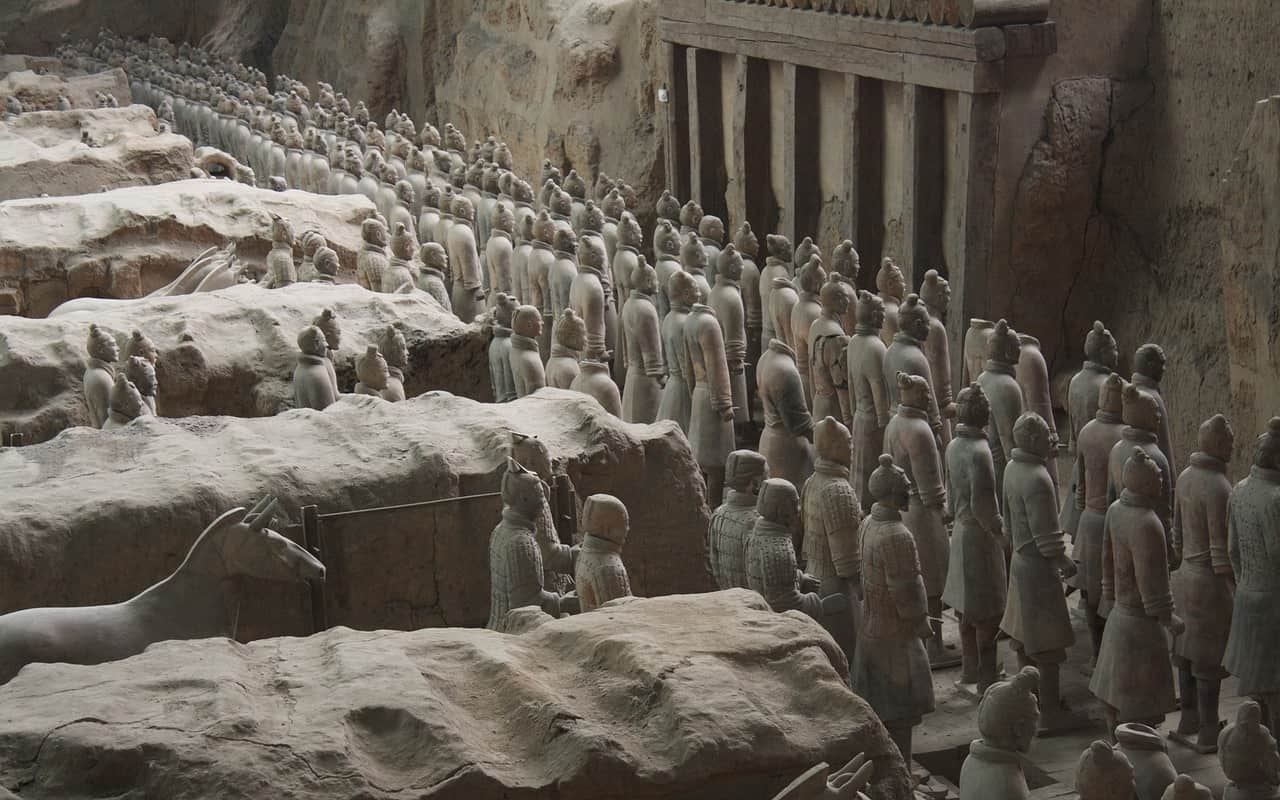
Farmers discovered the Terracotta Army in 1974.
The farmers had been digging a water well 1.5 kilometers east of the Emperor’s Mound at Mount Li. When archaeologists investigated the area, they discovered the army of stone men.
Emperor Gaozu of the Han dynasty started as a peasant.
Emperor Gaozu began his life as a peasant and later joined a revolt that overthrew the Qin dynasty. He rose as the leader and established the Han Dynasty. He reduced common people’s taxes and made Confucianism an integral part of the Chinese government.
Emperor Wu of the Han dynasty expanded the boundaries of China.
For 57 years, Emperor Wu governed China. He greatly expanded the boundaries of China during his time through several military campaigns. He also set up a strong central government and fostered the arts, including poetry and music.
Emperor Taizong led China to its Golden Age of Peace and Prosperity.
Emperor Taizong assisted his father to establish the Tang Dynasty. When he became an emperor, he immediately made several changes to the economy and government that ushered China into a golden age of peace and prosperity. His succeeding emperors regarded his reign as one of the greatest in Chinese history.
Empress Wu Zetian was the only female ruler of China.
Empress Wu was the only woman to govern China, ruling from 690 AD to 705 AD. She appointed officials based on their skills and talents, not on family ties.
Kublai Khan was the first Mongol to conquer China
The Mongolian leader who conquered China was Kublai Khan. He set up the Yuan Dynasty in 1271 and took the title of the Chinese Emperor. Above all, Kublai Khan built China’s infrastructures and developed foreign trade. He also introduced various cultures and peoples to China.
The Hongwu Emperor ended the Yuan Dynasty.
Zhu Yuanzhang founded the Ming Dynasty in 1368 AD. He ended the Yuan Dynasty which forced the Mongols to flee from China. Furthermore, the emperor created a powerful Chinese army and generously handed out land to the peasants and also introduced a new code of laws.
The Kangxi Emperor was the longest-reigning emperor.
The Kangxi Emperor Xuanye was China’s longest-reigning emperor. He reigned for 61 years and during his reign, it has been a time of prosperity for China as well as extending the borders of the country. Kangxi Emperor also compiled a dictionary of Chinese characters that later became known as the Kangxi Dictionary.
Over 500 emperors ruled China.
For the 2,000 years that emperors led China, over 500 different emperors governed the nation.
The lotus flower is sacred in Chinese lore.
The lotus was considered a symbol of purity in ancient China. The peony, or king of flowers, symbolized royalty and virtue. The narcissus was thought to bring the best fortune, and the chrysanthemum symbolized long life.
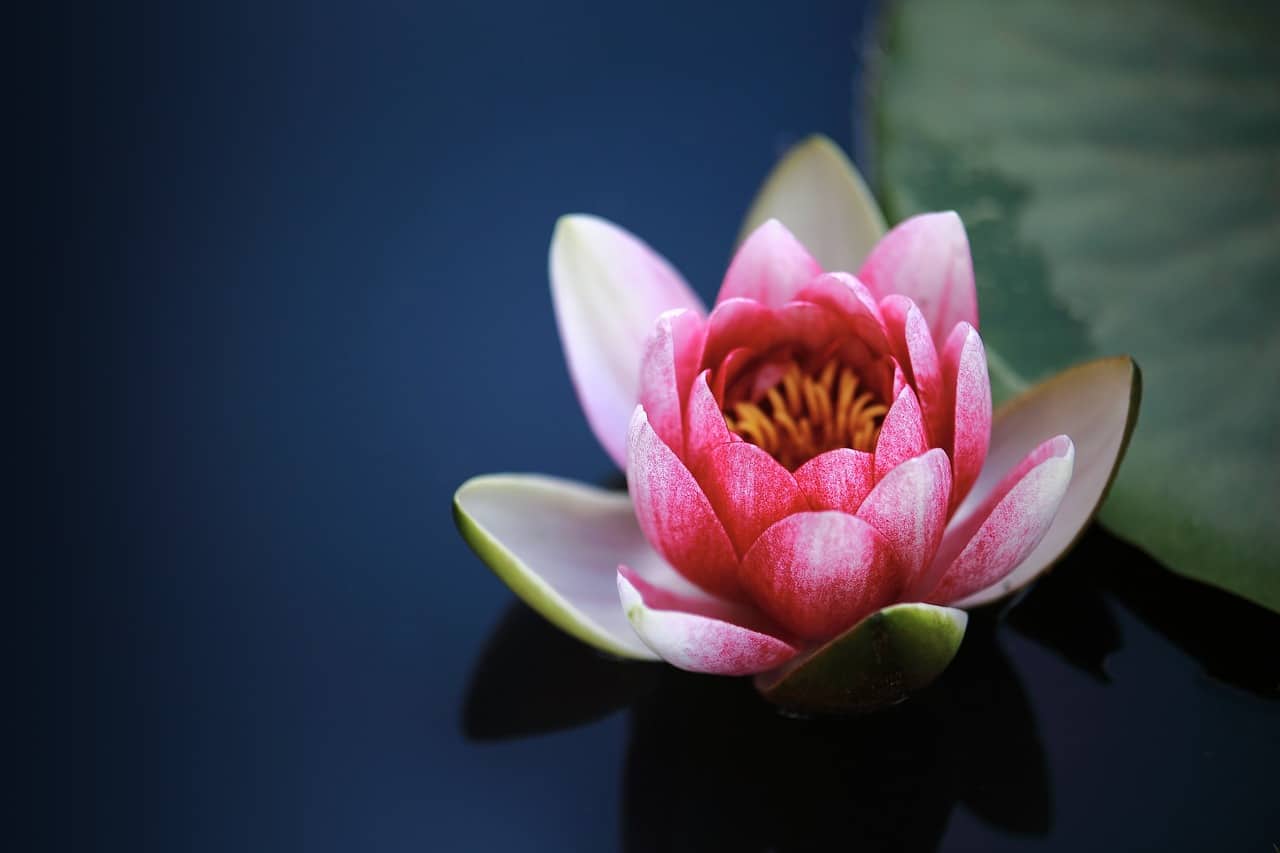
The Lunar New Year is one of the most important holidays in China.
One of the more festive China facts: The Chinese New Year, often regarded as the Lunar New Year, is one of the most important holidays in China. The Chinese believe that every person turns one year older on New Year’s Eve and the day is assumed to be everyone’s birthday.
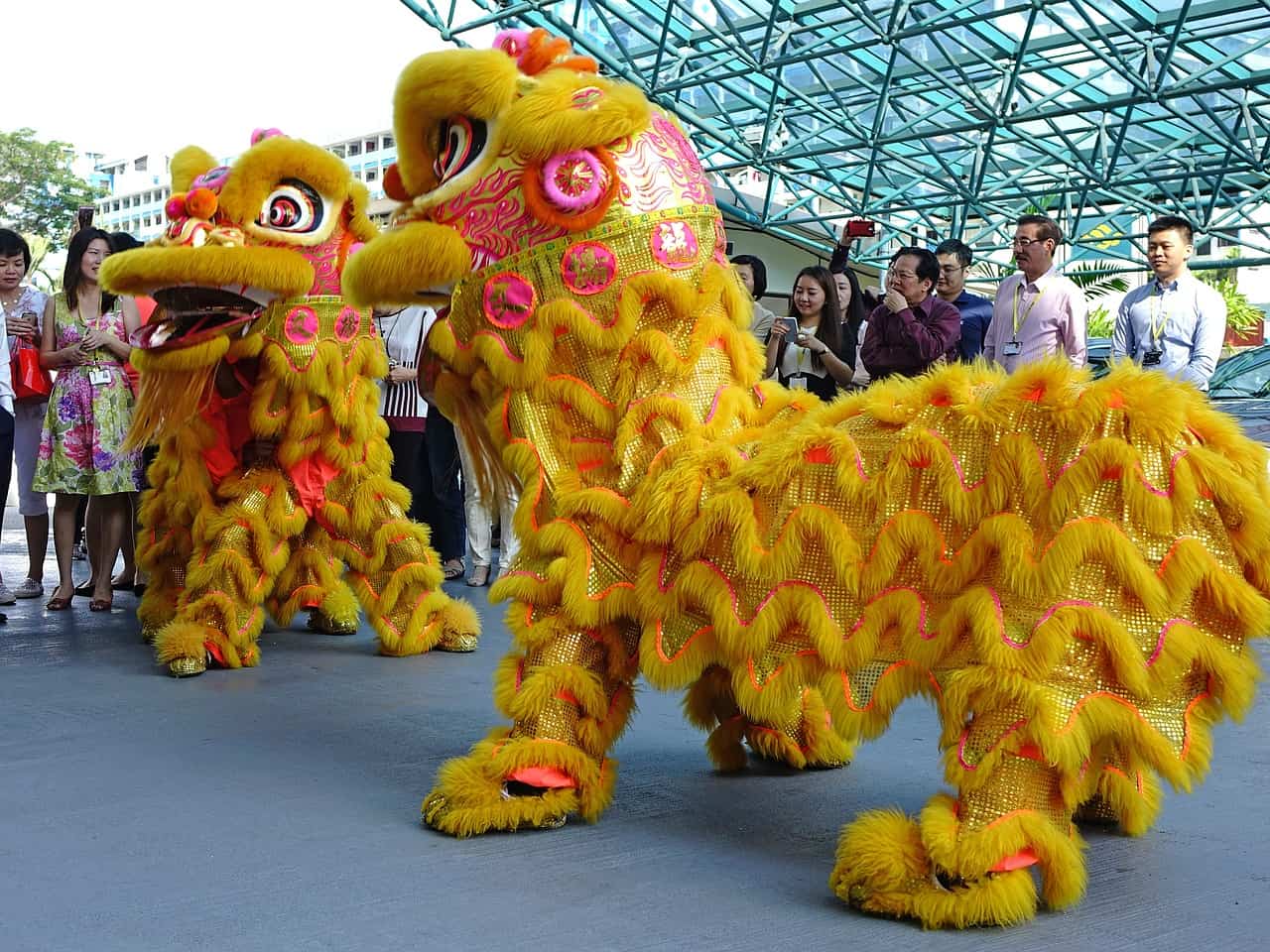
The Chinese believe in the Zodiac.
The Chinese zodiac is a categorization system that designates an animal and its reputable attributes to a 12-year cycle repeated each year. The 12-year cycle is an estimation of the 11,85-year orbital period of Jupiter. According to the zodiac, certain animals bring different traits and fortunes in different aspects of life.
The Chinese Zodiac has 12 animals.
Twelve animals represent each year in China. To enumerate, the 12 animals are the Rat (water element), Ox (earth element), Tiger (wood element), Rabbit (wood element), Dragon (earth element), Snake (fire element), Horse (fire element), Goat or Sheep (earth element), Monkey (metal element), Rooster (metal element), Dog (earth element), and Pig (water element).
Rich men practiced concubinage throughout Chinese history.
Emperors and rich men practiced concubinage throughout Chinese history. Hence, the Chinese emperors had several harems with hundreds of concubines. However, the Communist Party of China outlawed the practice in the year 1949.
The rich used to grow their nails as a status symbol.
The rich people used to grow the nails of their little fingers very long, which was a symbol of their status. They often wore gold and silver nail guards to protect their nails.
The dragon figure is associated with the emperors.
Western culture considers the dragon as an evil figure. However, Chinese mythology acknowledges it as the greatest figure together with the phoenix and tiger. Thus, the association of these symbols is very common for the Chinese emperors.
Fortune cookies did not originate from China.
A fortune cookie is a crispy and sugary cookie. It’s typically made with flour, sugar, vanilla and sesame seed oil. It has a piece of paper inside containing a “fortune” with a proverb or a vague prediction. You may associate it with China’s fixation with luck, but these fortune cookies actually originated from the US. Definitely one of the China facts we often overlook.
China has 60% of the world's mushroom varieties.
In 1996, China generated 600,000 tons of mushrooms. The country became the world’s leading producer with 60% of the world’s mushroom varieties.
The Chinese used toilet paper before the rest of the world.
The ancient Chinese used toilet papers before the rest of the world. Concurrently, the early toilet papers are with bamboo mixed with cotton. However, only emperors use toilet papers in the old times. Now that’s one for unexpected China facts.
Kites were invented in China in 5 B.C.
The early Chinese civilizations used kites to test the wind and measure distances. Alternatively, their kites were also used for signaling and communication for the military.
China believes in lucky and unlucky numbers.
According to Chinese superstition, some numbers like 8 are considered lucky. The eighth-floor apartments and buildings in China are more expensive compared to other floors. On the other hand, some numbers such as 4 are seen as unlucky because it sounds like the Chinese word for “death.” As such, most buildings in China don’t have the 4th floor. How’s that for China facts you never knew about?
Farmers in Ancient China used crickets as a signal of when to plant and harvest.
When crickets appear, it usually signifies as the time of planting. The time of harvest begins when the crickets disappear. Nowadays, cricket fighting is a popular amusement in China. Many Chinese children store crickets as their pets.

Ancient China has four historical capitals.
The “Four Great Ancient Capitals of China” are namely Beijing, Nanjing, Luoyang, and Xi’an.China’s capital was formerly called Yanjing, Dadu, and Beiping.
Zhai Zhigang was the first Chinese astronaut to walk in space.
Astronaut Zhai Zhigang was the first Chinese man to walk in space which lasted for about 20 minutes. This marked the highpoint of China’s third manned space journey. Zhai Zhigang also got widespread media coverage on September 27, 2008, clambering out of China’s Shenzhou VII spacecraft in a technological achievement that made the Chinese people excited and proud.
Basketball is the most popular sport in China.
About 300 million people in China play basketball as their primary sport. YMCA missionaries introduced basketball to China in the 1890s. The sport quickly caught up in the Shanghai region. In the 1920s, the game became very popular with urban students.
Yao Ming is one of the moist successful Chinese athletes.
Yao Ming is a famous basketball player from China. He played in the NBA for the Houston Rockets. Born in Shanghai, China, Yao Ming started playing for the Shanghai Sharks as a teenager, and played on their senior team for five years in the Chinese Basketball Association (CBA), winning a championship in his final year. He is also one of the tallest NBA players at an official height of 7’6″ feet.
The Chinese Basketball Association has 20 teams.
The Chinese Basketball Association, also known as CBA, is the first-tier men’s professional basketball league in China. Hence, it is widely regarded as the leading competitive men’s basketball league in Asia and it is composed of 20 teams.
The Chinese basketball athletes were the only Asian team to qualify for the 1996 Summer Olympics.
The Chinese basketball team was the only Asian team to qualify for the 1996 Atlanta Summer Olympics (finished 8th place) and the 2000 Sydney Summer Olympics (finished 10th place). Above all, the national team appeared in the quarter-finals at the 2004 Athens Olympics under former NBA coach Del Harris and placed 8th overall.
China spent $40 billion for the 2008 Beijing Olympics.
The 2008 Olympic Games in Beijing was the most lavish in history. While the 2004 Athens Games cost an estimated $15 billion, the Beijing Games totaled to a near $40 billion. Furthermore, the 2008 Summer Olympics, officially recorded as the Games of the XXIX Olympiad was an international multi-sport event that was held from 8 to 24 August 2008 in Beijing. The Beijing Olympics hosted 10,942 athletes athletes to 302 events and 28 sports. How’s that for cool China facts?
Jack Ma is the richest man in China.
Jack Ma is a Chinese business magnate, businessman, investor and philanthropist. Jack Ma founded the Alibaba Group, a global technology conglomerate with an estimated net worth of $37 billion. Jack Ma failed the Hangzhou Teachers’ Institute entrance exam twice and got rejected from Harvard 10 times. He applied for 30 different jobs but got rejected, including a job in KFC.
Alibaba received a $25 million investment from Goldman Sachs and SoftBank in 1999.
On April 4, 1999, Jack Ma and his team including his friends and students founded Alibaba.com. Moreover, it’s a China-based business to the business marketplace site specializing in e-commerce, retail, Internet, and technology. Above all, Alibaba is also one of the largest artificial intelligence (machine intelligence) companies and investment corporations in the world. In October 1999, Alibaba received a US$25 million investment from Goldman Sachs and SoftBank.
Chinese website Taobao is the 15th most visited website in the world.
Taobao is a Chinese online shopping website, headquartered in Hangzhou, and owned by Alibaba. Since its establishment, Taobao created many job opportunities for China and ranks 15th on the most visited sites in the world.
China has the fastest train in the world.
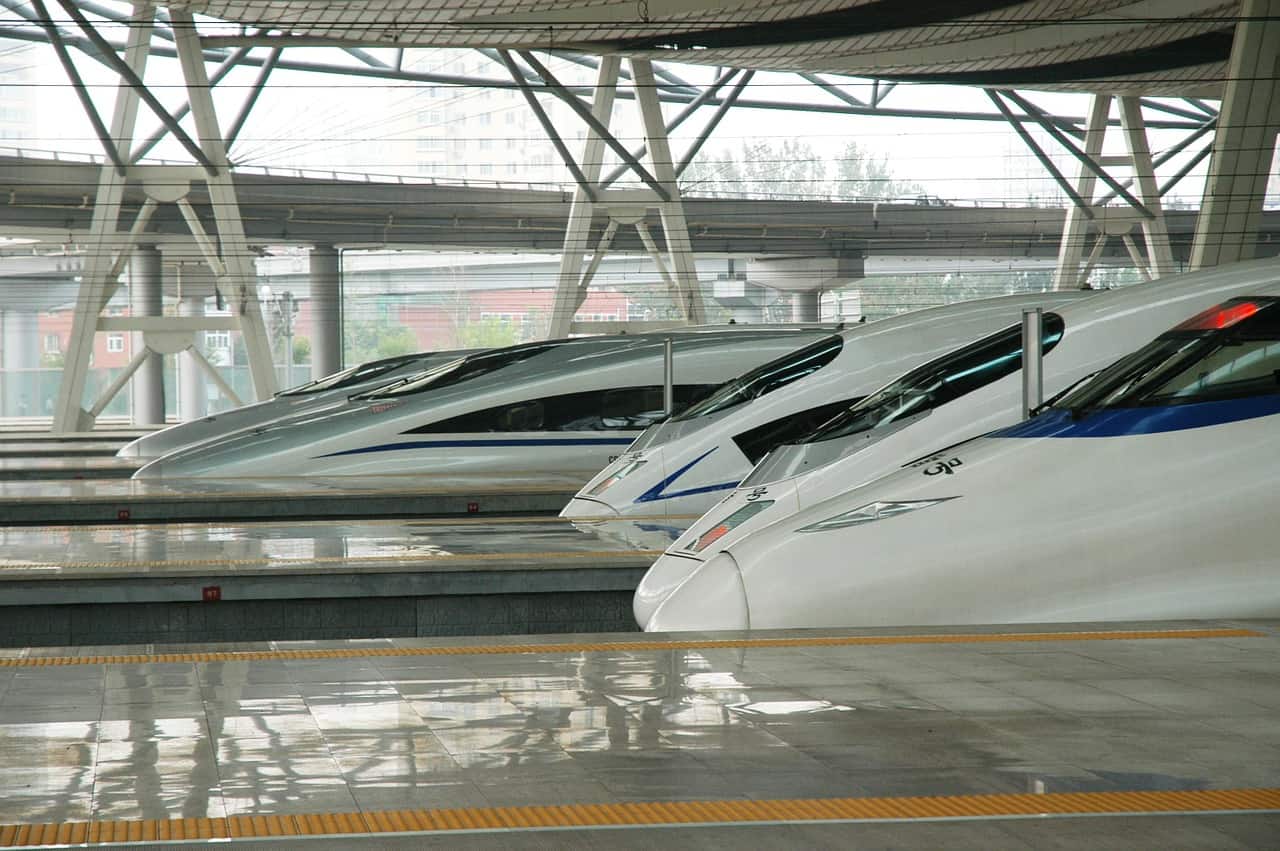
China owns the Shanghai Maglev Train which is the fastest train in the world. It runs at 431 kilometers per hour. Aboard the Shanghai Maglev, the 30km route from Longyang Road Station on Shanghai Subway to Pudong International Airport takes less than 8 minutes to complete. In 2003, it set the Guinness Record as the fastest train in the world open for public use.
China is building a brand new city to accommodate its population.
The Chinese government is currently building a new city to alleviate the overpopulation in Beijing. The “green, modern and vibrant” city will be called Xiong-an, located 100 kilometers southwest of the capital. While its initial phase is expected to double the size of Manhattan, the Chinese government aims to expand it to 2,000 sq km (more than twice the size of New York City or Singapore).
Was this page helpful?
Our commitment to delivering trustworthy and engaging content is at the heart of what we do. Each fact on our site is contributed by real users like you, bringing a wealth of diverse insights and information. To ensure the highest standards of accuracy and reliability, our dedicated editors meticulously review each submission. This process guarantees that the facts we share are not only fascinating but also credible. Trust in our commitment to quality and authenticity as you explore and learn with us.
